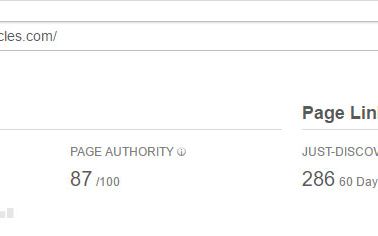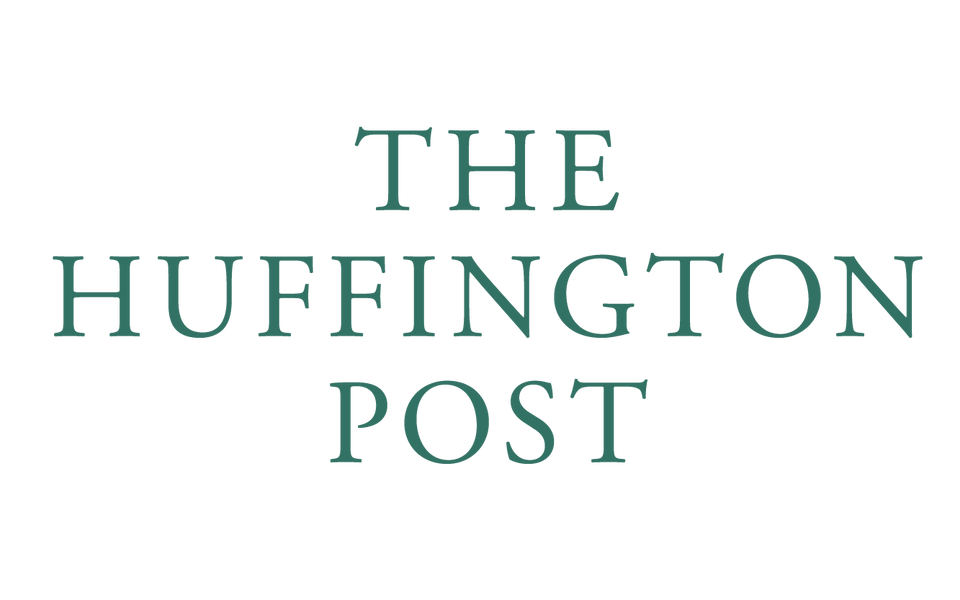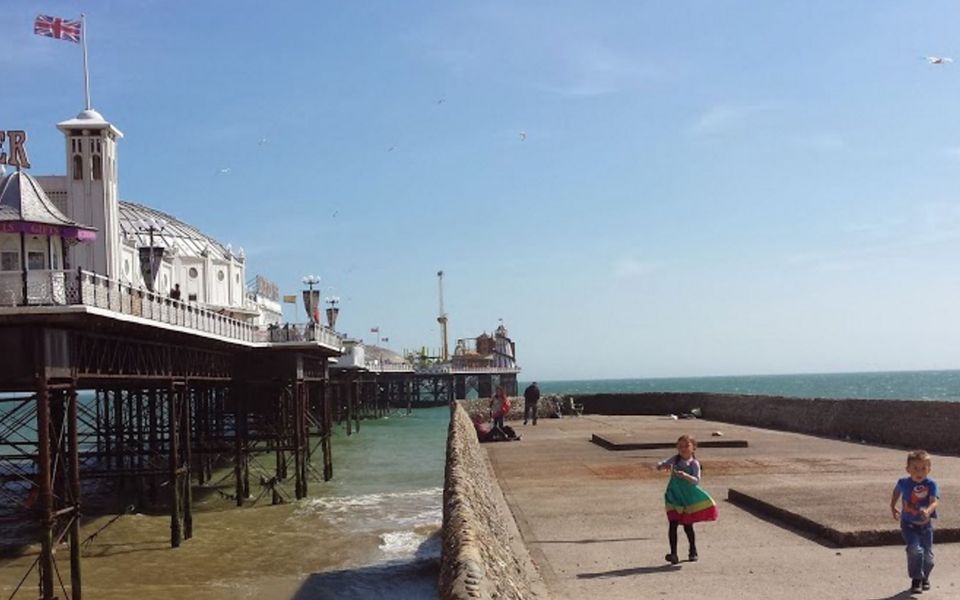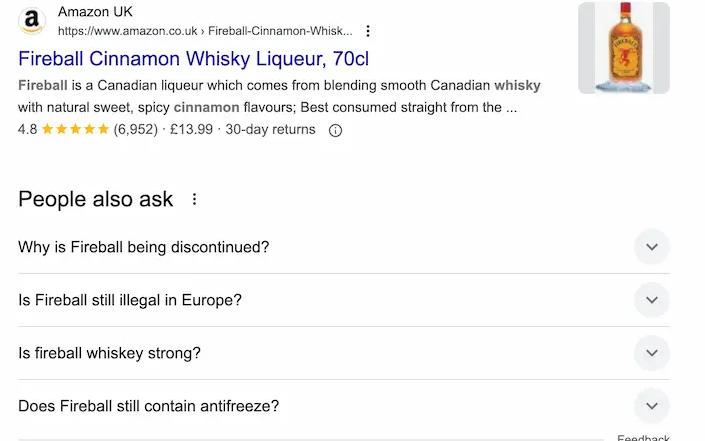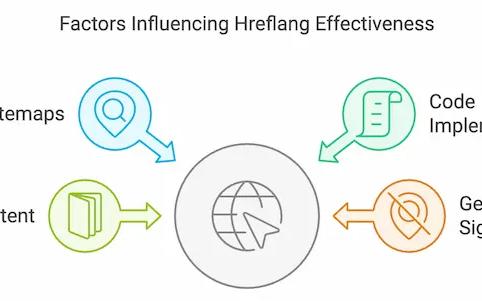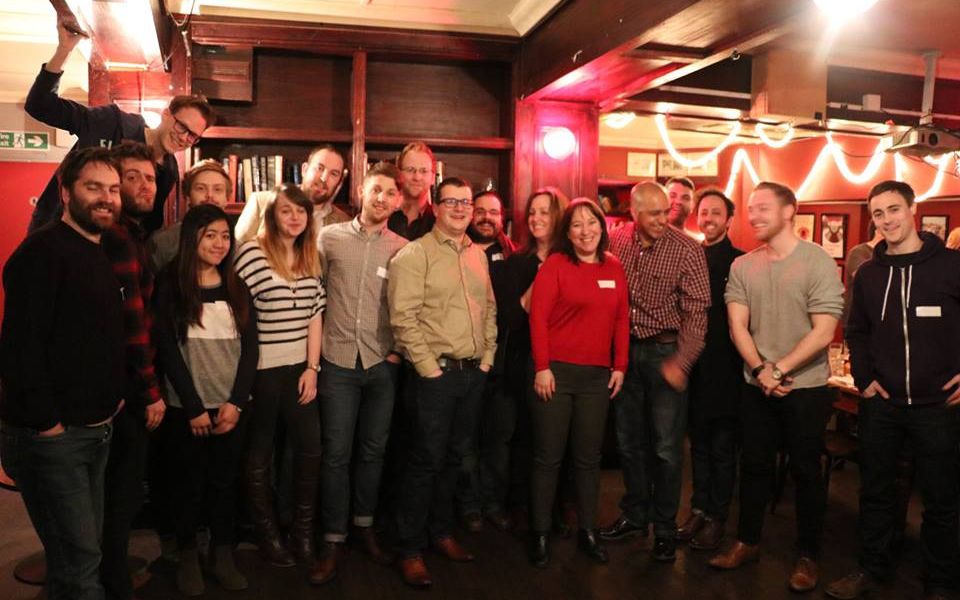We live in a society which is bombarded with information, where consumers absorb and forget news faster than ever before. So while PR is an essential tool to awareness of any organisation, it has also never been more challenging for brands to create a compelling and lasting story.
From Uber’s ‘Thank You for Not Riding’ campaign during the peak of the pandemic, to Greggs ground-breaking launch of its vegan sausage roll, if you think about the campaigns which have stuck in your mind, compelling storytelling is at the heart of every one. But what are those essential ingredients? What does it take to bring your brand alive and secure the coverage it deserves?
What makes a successful PR story?
Every organisation will have a story to tell, be it a revolutionary product, success in challenging circumstances, or an inspiring tale, but that alone is not enough to secure a place in media. Here are five tips to creating and landing press coverage.
1) Make it personal
Is your story relatable to the reader? Consumers are interested in people; real-life stories which they can connect with rather than generic corporate messaging. Focus on sharing real insight into your brand, creating opportunity for your audience to make a connection.
One way to do this is consumer research. Showing that you understand the challenges, needs and trends which affect people right now is extremely engaging. People like to have that ‘yes, that’s just what I think’ moment, so give it to them.
Another way to inject a personal touch is by producing in-depth case studies. The right case study can help to contextualise your story, allowing you to create a PR campaign with real-world insight which compel readers to engage with your content.
2) Keep it simple
One of the most common mistakes made in creating a PR story is overcomplication. A successful PR story should not be packed with technical jargon or complicated phrases; nor should it try to say everything in one place. Keeping things simple and written in plain English is essential with 61% of journalists admitting they prefer a pitch under three paragraphs.
Of course, the success of any PR story is not just about the length of the pitch that you submit. The journalist population is shrinking by the minute but the demand for news is growing. With this in mind, it is crucial that you are replicating the style of the chosen media outlets you are approaching. If a journalist thinks they need to rewrite every word they’ve sent you, the delete button is a far more appealing option. Putting the time in to tailoring your copy is time well spent.
3) Think about your call to action
While the purpose of any PR campaign is to increase brand awareness and drive consumers towards your company, implementing a direct and obvious call to action (CTA) will often lead to your stories being heavily edited or, more likely, ignored.
Think about how your CTA can move from being a URL awkwardly placed somewhere in your prose, to becoming an integral part of the story. It’s no small challenge but again, getting it right will give your coverage so much more value.
Consumers are becoming increasingly aware of commercial pieces, with 86% stating they expect brands to connect with them authentically. That is why it is crucial your CTA is natural and helpful. It may be the creation of microsites, or sending consumers to social campaigns rather than online shops; whichever way you choose to do it, it will be worthwhile.
4) Make it current
Currency is king. Being able to hook your story around a recent event or media debate will help to make your news far more appealing to both journalists and consumers. If your news is timely, it compels journalists to bring it to the top of the list and that’s good news for us all.
However, this tip comes with a cautionary message too. If you link your story too closely to an awareness day, or moment in time, be prepared to go back to the drawing table if the news agenda changes. Be it the death of a Royal, big pandemic news (who knew that would be a thing) or a major scandal, on any given day bigger news could divert the news agenda away from your message.
So while it’s smart to use a news hook to create currency, it’s smarter to have a second or third hook waiting in the wings.
5) Know your targets
One of the most important aspects of any PR campaign is knowing and understanding the audience and publications that you are targeting. It sounds obvious, but with so many channels to out there, many a PR has fallen foul of using one approach for all.
Every day, journalists are bombarded with press releases and news stories from PR agencies and companies trying to capture their attention. In fact, your average consumer affairs journalist is starting their day with 400 plus emails waiting. It’s therefore no surprise that just 18% of journalists read every pitch email they receive.
Making sure you know what the journalist writes about, which section is relevant and who the publication’s reader is, is crucial.
Of course, the role of PR can’t be reduced to a handful of pointers, but by taking into consideration these five tips when you’re crafting your PR story, you’ll be on your way to a successful campaign.
Carie Barkhuizen is Managing Director at Seymour PR, which offers superior storytelling, expert health and lifestyle PR, and has an insatiable appetite for promoting brands with purpose. Have a story to tell? Get in touch today and find out how we can help you!
















